Media | Articles
5 things every project car purchase will need
It’s that time of year, and I don’t mean decorative gourd season. No, it’s the time when the DIY devout start casting hooks into the depths of the project car pond hoping to reel in the right winter undertaking. While every project is unique, a few universal truths span them all, regardless of how the vehicle appears in those crunchy, dimly lit photos you’re seeing in a Marketplace ad. To that end, these are the top five things your own project will need, regardless of what it is or what shape it’s in. You can’t say we didn’t warn you.
Patience
Someone else’s project—or worse, abandoned project—is going to require a massive amount of mental gymnastics to figure out what they were thinking when taking it apart, storing pieces, or putting it back together. Occasionally that isn’t difficult, but even then it takes a lot of patience to sort through what someone else has done and try to decide if their process is acceptable to you. Do you trust the previous person based on what you see? Do you think they cleaned and assembled things to the same standard you would? Are you willing to risk it? Taking the time to wrestle with that question will be crucial to how you proceed.
Cleaning
Whether it’s a venture someone else started or one that was never gotten to, project cars rarely get tender loving care when stored. Dust, dirt, and moisture combine to create some of the grungiest substances known to man. Just getting a project car home can leave pounds of dirt and debris on a trailer, and that’s before any real cleaning has started. We often get caught up in the excitement of the big tasks involved with bringing a project car back to life, but the reality is less glamorous, and a lot of time—more than you think—is going to be spent scrubbing and just generally making things un-grimy.
Tires
We don’t know what it is about project cars, but they seem always to be sitting on the worst rubber we’ve seen since the last project car that rolled into the shop. Tires are expensive, so they’re often the last thing a project car will get. This means that when you buy a project, there’s a good chance its tires aren’t even round anymore, let alone safe to drive on. Even just sitting on dry-rotted rubber can be dangerous, as blowouts can occur. Check the date code just to be sure, but in general every project car will need fresh rubber before it ever reaches the driving stage of the process.
Fluids
Another item that isn’t worth gambling on is anything that flows. Fuel, brake fluid, coolant, transmission fluid, and even differential oil are all items you should change by default. Sure, there’s a chance that what’s in there is serviceable, but more than likely your project car has questionable service records—if any at all. Mentally reset the clock on all the regular changes by knocking them out all at once. This also forces you to look at a couple intimate areas of a car, which more than likely will tell you a lot about what else you might need to do.
“Un-screwing”
No, I’m not talking about backing out threaded fasteners here. I’m talking about winding back previous repairs. Project cars often live at the bottom of their value curve before appreciation picks up and owners begin to see the potential. That means repairs done while the car was worth little may be incomplete, or, well, crude. Un-screwing them could be as simple as cleaning up shoddy wiring, or as in depth as rust repair from sitting neglected in a field. If you are buying the cheapest example of anything, it likely has been screwed with by someone who didn’t know or didn’t care. You will have to deal with that.
Project cars are incredibly rewarding to see through. We know a lot of you readers have worked on a project or twelve over the years and these five things are likely not the only universal truths. What have you found to be true? Leave a comment below.
***
Marketplace
Buy and sell classics with confidence
Check out the Hagerty Media homepage so you don’t miss a single story, or better yet, bookmark it. To get our best stories delivered right to your inbox, subscribe to our newsletters.

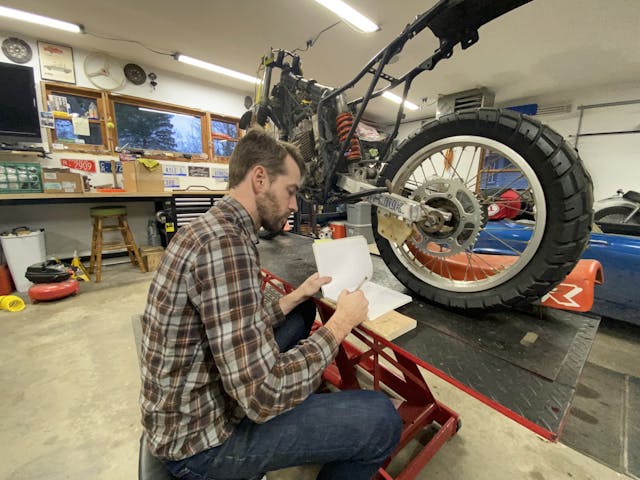
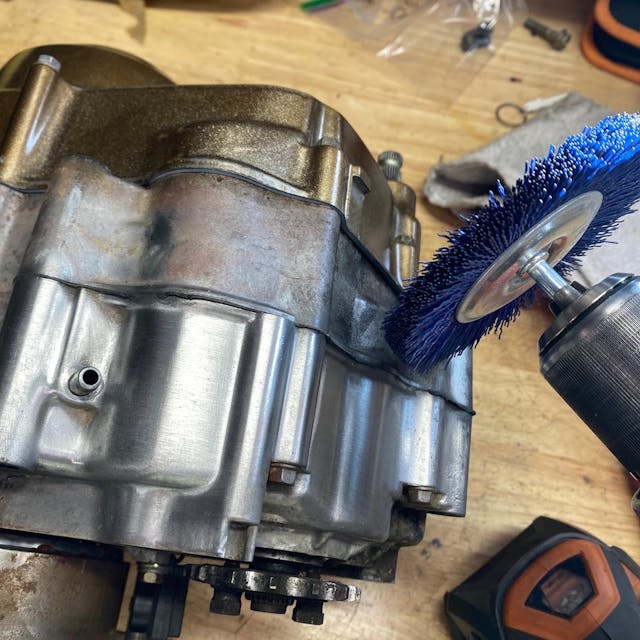
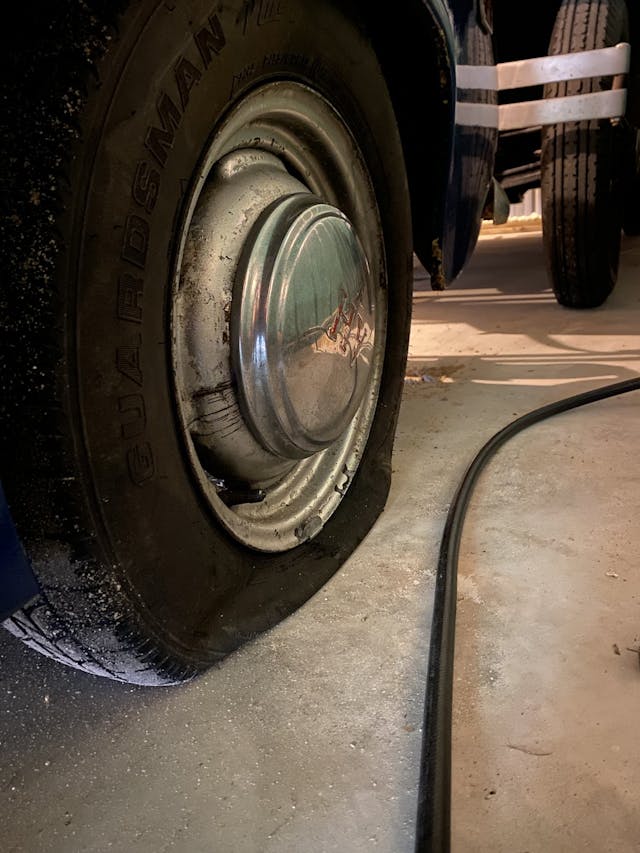

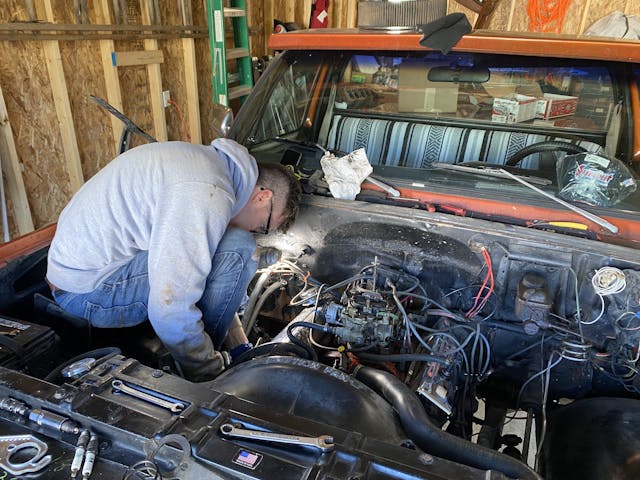











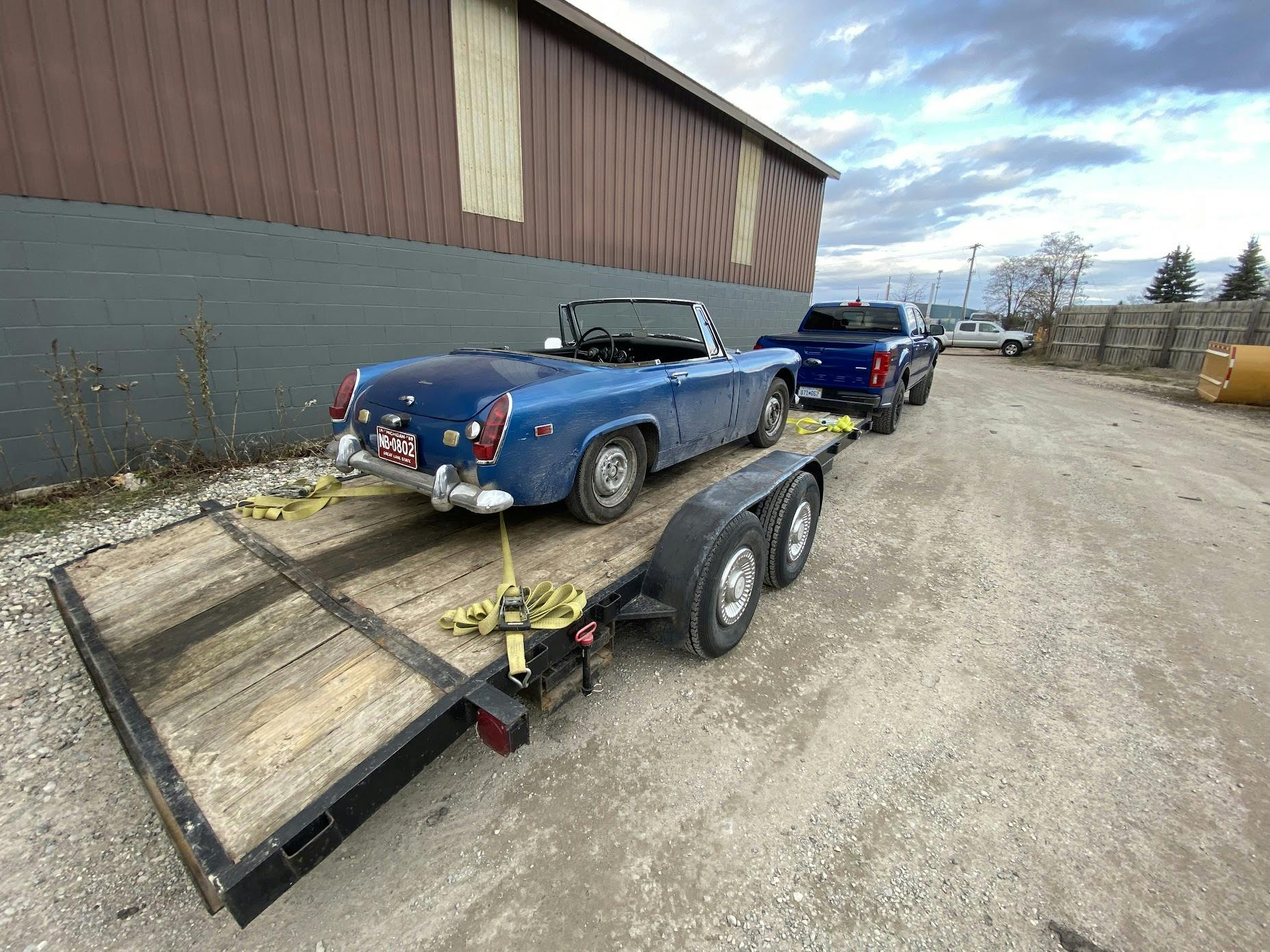
What I’ll call “Manuals”, but that’s kind of an old technology. Unless this is the simplest project vehicle ever made, or you have done one (or more) or the same thing before, you are going to need education on lots of things about it. In my day, we bought a Service Manual – or one of a number of other vehicle-specific books – but a ton of stuff is online nowadays. I even ordered a CD for a certain transmission rebuild project that went through a photo slideshow of each step, gave me a parts number listing, and even a place to buy a specific tool that was required. I just plugged my laptop in, placed it on my bench next to the tranny, and walked through the steps (at my own speed) – easy-peasy! Remember, a good “manual (educational material)” might exist in your buddy’s brains. Use them to teach you. Wherever you can find it, amass as much information about your project first, before you even begin any disassembly.
Manuals, and…
a computer/iPad/laptop with internet connectivity, a lift or a stable surface for jackstands, a decent work bench with power and the often overlooked item…
…a fire extinguisher when you’re working on the fuel system.
I am in agreement with you . The first step in any project is to study all available information so when you get out the wrenches ,you understand how to proceed.
Totally agree with you on manuals. I have some of both hard copy and DVD for all my cars. The hard copy of the genuine Jaguar manual for my 92 XJS V12 gave me the courage to tackle anything. I just have to read it with a British accent in my head so it makes sense. LOL.
Money and more money. Nothing happens with out the funds to purchase parts, tools and even the car.
No matter the project it is like there is never enough.
Did my resto both myself and outside support on a 87 MC SS and exceeded my budget by 30%…seems like a good rule of thumb.
Ummmm…….yeah, MONEY! Often the biggest obstacle to any project because our eyes and our wants far exceed what’s in the wallet. Most of us are assuredly not Jay Leno!
Money, money, money, makes the world go round…. I have spent thousands on what I initially thought to be a $ 20.00 part. I guess that’s where the patience and knowledge needs to be used. Also the “Don’t bite off, more that you can chew” tool.
Perhaps most important of all:
An indomitable significant other, to dissuade you.
Space, time, and a little mechanical know-how. When I first started tinkering with cars, I lived in a house with no garage and was literally a shade-tree mechanic. I am amazed at what I accomplished in those years, but it seriously limits your ability to take on long-term projects if you can’t lay things out indoors and have some expectation that they will stay that way. Mechanical know-how is a big one. I frequently watch one of these garage rescue shows where a collector car project was started, or the car experienced some sort of mechanical problem, and things just halt and the car sits for ten years. These folks will come in, fix it up and get it going, but I wonder how long this lasts before the car experiences another mechanical issue and returns to long term storage
Beat me to it. Covered, comfortable and well-equipped space that isn’t at a premium is essential.
Project cars always require a sucker to buy them.
Welcome to the suckers convention. ID tags are on the table to the left
I already have mine.
Only one???
True to some extent. But IF you are/can these can turn a hefty profit, or a nice weekend ride
Or you just like working on things… then driving them
I can’t agree more. Thats means much more than my reply.
If you can bear to part with the object of your affection. I tend to want to keep them.
Yeah, you forgot the most important 2 things. MONEY and an UNDERSTANDING SPOUSE.
I love it when someone buys a 50 year old car and the seller states “needs nothing”. And the buyer believes them.
Totally agree with the 2 most important things. “Money and an UNDERSTANDING SPOUSE.” For me it’s been well worth the effort to resurrect a basket case ’67 Vette to a solid sunny/dry day driver!
In my case, I’m lucky. My wife owns the car, so she’s very supportive of my wrenching hobby (at least this year).
If they told you in needs ‘Nothing’ you will find that it is the most expensive and elusive part out there. Try to find it when you need it and it is gone. Once you find it you will find a dozen more a half the price you paid. Been there and done that.
They all need a little work. Finish the 1 you got. Before you buy another project, Unless you get a deal.
Good advice – too bad it took me 50 years to figure that out
Every car restoration needs—–Lots of MONEY, Lots of TIME, Lots of ROOM, Lots of patience, Lot’s of tools, Lots of knowledge, Lots of connections, and a STRONG stomach…….
I’m sorry, Kyle is running out of meaningful articles.
Yep, I have had the project car regret with a friend. After fixing it up we sold it.
I’m seventy-two and I have had a lot of awesome cars that I wish I still had. A lot of what you call antiques were new when I first saw them.
What I’ve found to be true is to buy a parts car. I bought a TR6 parts car that had no engine for $400 because I only wanted the hood. After getting it home I realized there were a lot more useable parts. I dove in with my angle grinder and reciprocating saw and stripped the parts car right down to the frame. Then ended up selling all the parts I didn’t need. This turned out to be a win win outcome. I made enough money from all the parts I sold including the complete rolling chassis that netted my whole project in the green. What also was neat about this experience is that I got to know some people and made some friends.
Plus – You got extra experience and knowledge taking it apart! That can be priceless when you are working on something hidden deep in the car later on.
Yes exactly, stripping the car down to nothing gave me a ton of knowledge!
yes, even jalen Leno needs money to complete a restorations.
It’s a sliding scale TR six $800 for a chasse straight six Dusenburg $45,000 remember
it it’s all age-appropriate age of project car age of the new owner age of the seller should never equal over 200 tho that number might be generous
I agree with the buy two to make one and sell the parts you don’t need, especially if the one you’re restoring is apart and the other one isn’t. It’s helpful to know how some things go back together.
I will give all the same advice I failed to execute myself, run for your life!!! I’m 8 years in on the car and 35 with my wife. Its the never ending journey – do you have the staying power? It will cost you more than you will ever know.
Two things I tell people is to get the a Factory Service Manual for the vehicle, and do a lot of research if you don’t know the vehicle well. The research & familiarization – problem areas, idiosyncracies, support network – should of course take place before the purchase, though often folks just jump in…hence, the unfinished or butchered project vehicle…
A project car can be well sorted but that never means it is perfect, or even done. Assessing the state of sortedness is an art in itself. 50 year old cars always need something. When I got my 280z a friend told me that I didn’t need “a” mechanic. What I needed was to find “the” z car mechanic. I did and it made a huge difference in my experience over the years.
I should drive the car more or I should help the car find a new caretaker.
I went thru the restoration process with one, top to bottom. Swore I’d NEVER do it again! now I have 3 more in various states of disarray. My wife hates me. But that’s fine, she has a beautiful house and I sleep in my shop. Marriage made in heaven! She’s too old to find anyone else as cool as me anyway. I do have to constantly remind her though??? She never seems to remember that fact!
I actually told my wife before we got married 50 years ago ,that I would have my cars and be flying in airplanes as a pilot . I told her if she could not accept that ,we might as well not get married. She said she would and here we are 50 later.
Patience,time ,money and research, research,many forums out there pertaining to either your vehicle or just the basic task you are doing. Car shows picking others that have already done it. Don’t get me wrong I am also learning!
Right on my friend !!!